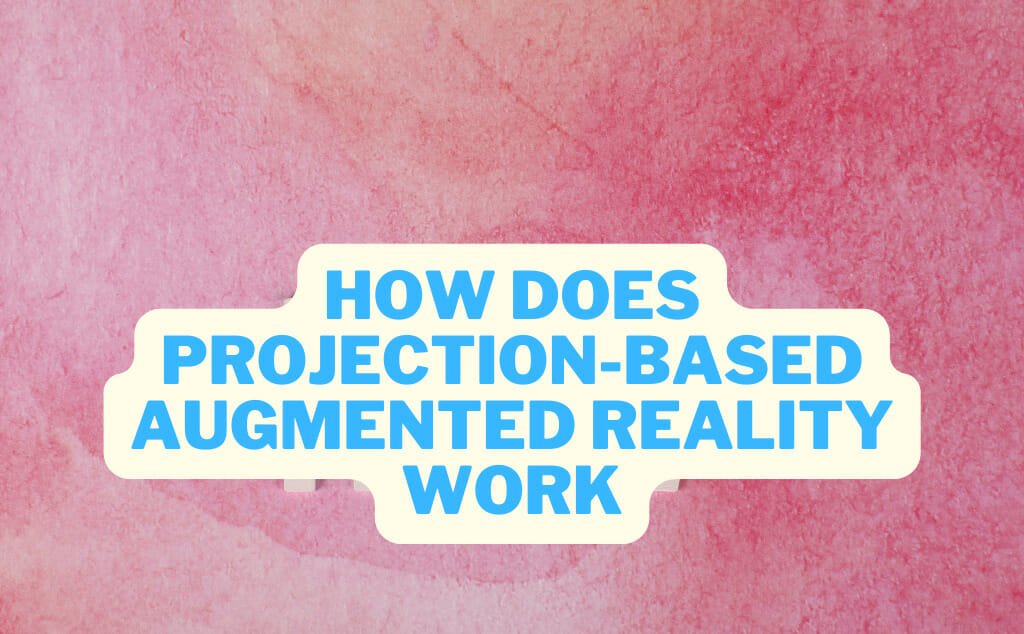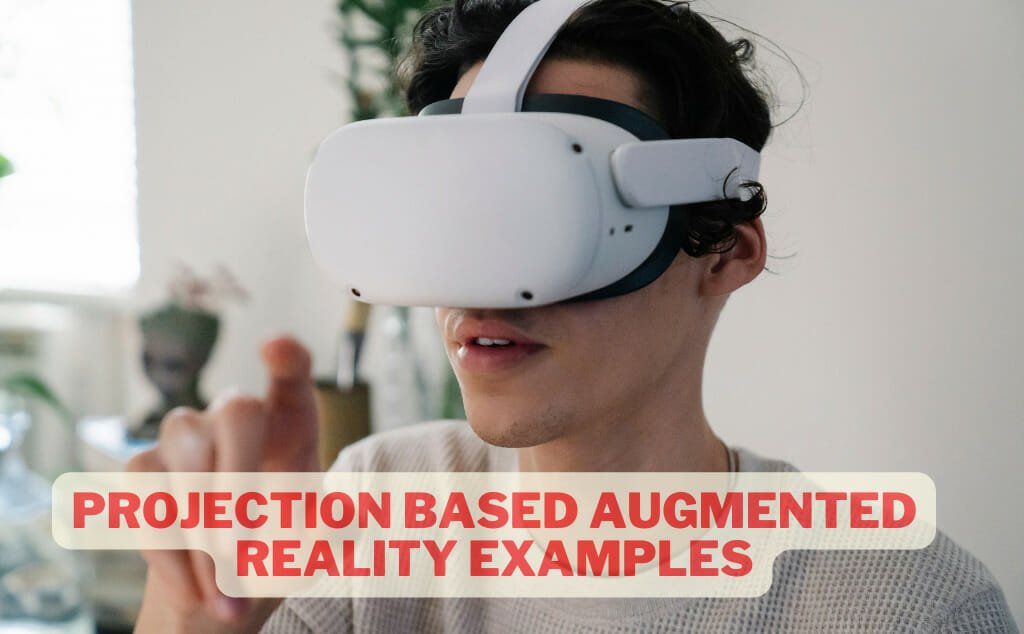1. What is projection-based augmented reality?
Most people are familiar with augmented reality (AR) through popular mobile phone apps such as Pokémon GO or Snapchat filters. However, there is a lot more to augmented reality than just these phone apps. In this blog post, we’ll be taking a more in-depth look at projection-based augmented reality.
What is projection-based augmented reality?
Projection-based augmented reality (AR) is a type of AR that uses projectors to superimpose digital content onto physical surfaces. This can be done in real-time or pre-recorded.
One of the most popular examples of projection-based AR is the Magic Leap One. This device uses several different types of projectors to create the illusion of digital objects in the real world.
What are the benefits of projection-based augmented reality?
There are several benefits to using projection-based augmented reality.
One benefit is that it can be used to create large, life-size AR experiences. This is because the projectors can be placed far away from the user, making it possible to project digital content onto physical surfaces that are much larger than the device itself.
Another benefit is that projection-based AR can be used to create multi-user experiences. This is because multiple users can see the same digital content that is being projected.
Finally, projection-based AR can be used in both indoor and outdoor environments. This is because the projectors can be calibrated to work in a variety of lighting conditions.
What are the challenges of projection-based augmented reality?
There are also several challenges to using projection-based augmented reality.
One challenge is that the projectors need to be properly calibrated in order to work correctly. This can be a time-consuming and difficult process.
Another challenge is that projection-based AR can be more expensive than other types of AR. This is because the projectors and other hardware required can be expensive.
Finally, projection-based AR can be less portable than other types of AR. This is because the projectors are often large and heavy, making them difficult to transport.
2. How does projection-based augmented reality work?

What Is Projection-Based Augmented Reality?
Projection-based augmented reality (AR) is a technology that allows users to interact with digital content in the real world. This type of AR uses a projector to project images onto surfaces in the environment. The images are then tracked by a camera, so that they can be interactively manipulated by the user.
How Does Projection-Based Augmented Reality Work?
Projection-based AR systems typically use a camera to track the position of the user’s head, and a projector to project images onto surfaces in the environment. The images are then tracked by the camera, so that they can be interactively manipulated by the user.
The user wears a see-through display that allows them to see the real world, as well as the digital content that is being projected onto surfaces around them. The digital content can be anything from simple graphics to 3D animations.
The projector is usually connected to a computer that is running projection-based AR software. This software is used to create the digital content that is projected onto the surfaces in the environment.
The software is also used to track the position of the user’s head, so that the digital content can be correctly positioned in the environment.
What Are The Benefits Of Projection-Based Augmented Reality?
Projection-based AR has a number of advantages over other forms of AR.
One of the main advantages is that it can be used to create large-scale AR experiences. The digital content can be projected onto walls, floors, or even the ceiling, creating a truly immersive experience.
Another advantage is that projection-based AR does not require the use of specialised hardware. All that is needed is a projector and a computer running the projection-based AR software.
What Are The Drawbacks Of Projection-Based Augmented Reality?
There are a few drawbacks to projection-based AR.
One of the main drawbacks is that it can be difficult to track the user’s head, particularly if they are moving around a lot. This can result in the digital content being projected in the wrong place
3. What are some examples of projection-based augmented reality?
There are many examples of projection-based augmented reality (AR), but three of the most common are:
1. Medical AR: This type of AR is often used in medical training and surgery, as it allows doctors to see a patient’s anatomy in real-time, without having to make any incisions.
2. Military AR: This type of AR is used by the military to help soldiers plan and execute missions, as well as to provide them with information about their surroundings.
3. Industrial AR: This type of AR is often used in manufacturing and assembly, as it allows workers to see instructions and information about the parts they are working with.
4. What are the benefits of projection-based augmented reality?

Augmented reality (AR) is an interactive experience of a real-world environment where the objects that reside in the real-world are “augmented” by computer-generated perceptual information, sometimes across multiple sensory modalities, including visual, auditory, haptic, somatosensory and olfactory.
One of the key benefits of projection-based AR is that it can be used to create very large displays that would be otherwise impractical or too expensive to create with other AR technologies. For example, in 2011, Mitsubishi Electric Research Laboratories (MERL) used projection-based AR to create a 40-foot (12-meter) AR display that allowed multiple users to interact with virtual objects in real time
Another benefit of projection-based AR is that it can be used to create AR experiences that are not dependent on a head-mounted display (HMD), which can be expensive and cumbersome. This means that projection-based AR can be used to create large-scale, public AR experiences that can be enjoyed by many people at the same time.
Finally, projection-based AR systems can be used to create AR experiences that are more realistic and immersive than those that can be created with other AR technologies. This is because projection-based AR can create AR experiences that more closely match our everyday experience of the world.
5. What are the challenges of projection-based augmented reality?
The challenges of projection-based augmented reality are many and varied. Perhaps the biggest challenge is the need for high-powered projection equipment. This equipment is often expensive and difficult to set up and use. Additionally, the environment in which projection-based augmented reality is used must be carefully controlled. Any objects in the environment that reflect or absorb light can interfere with the projection and cause problems.
Another challenge is that projection-based augmented reality systems often require specialized hardware and software. This can make them difficult to use and limits their compatibility with other systems. Additionally, the projection equipment can be bulky and difficult to transport.
Finally, projection-based augmented reality systems can be difficult to scale. If more than one person wants to use the system at the same time, each person will need their own projection equipment. This can be costly and impractical.
